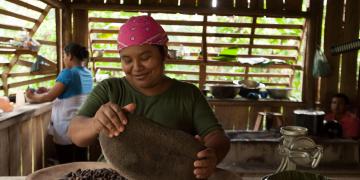Partnership between MAVA Foundation and KfW
PONT strategy promotes transboundary cooperation between government and non-government partners
Funding across the ecoregion enabling ecosystem management of habitats and wildlife on a landscape level
Nature Trust Alliance: a partnership for shared services to save on administrative costs
